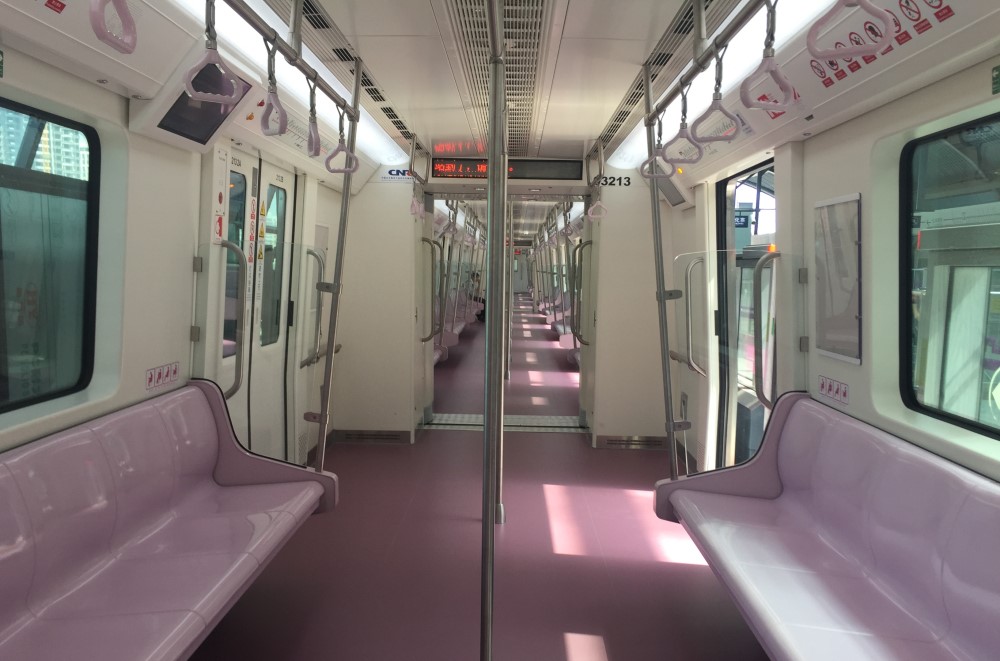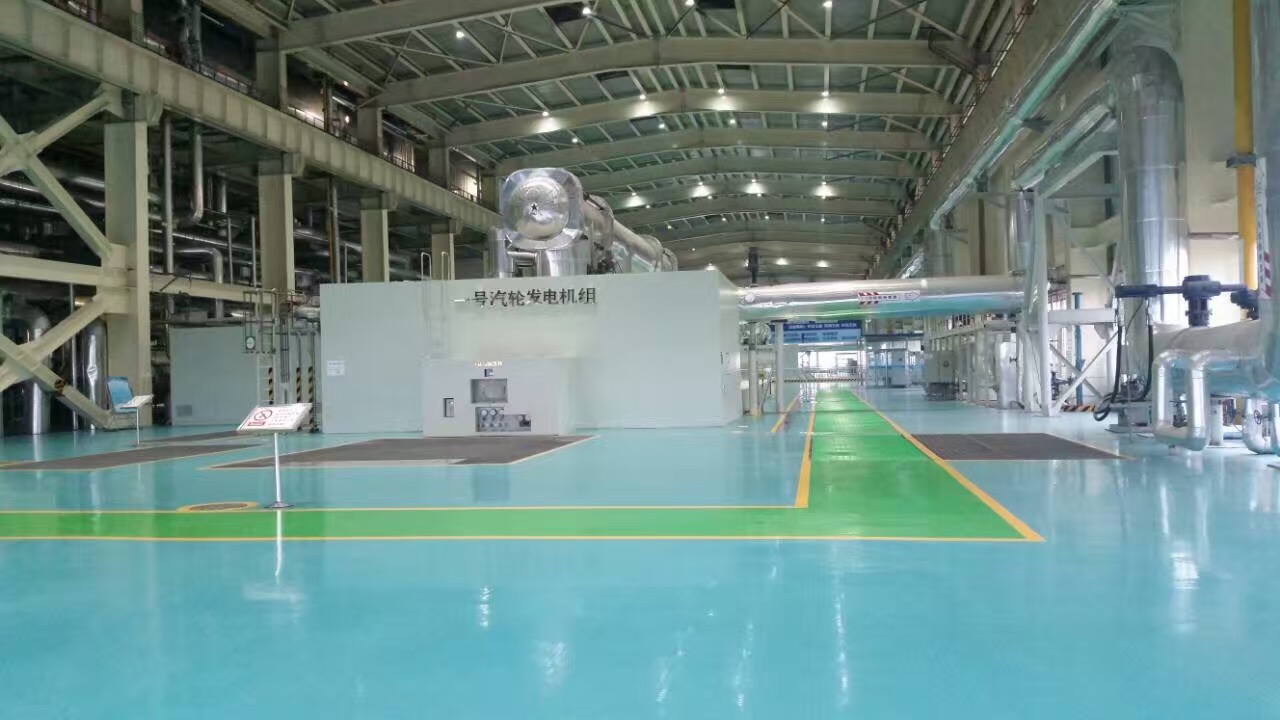Why are rubber floors increasingly favored by power plants and subways?
In the construction of modern industrial and public transportation facilities, floor materials are not only part of the infrastructure, but also directly affect the safety of use, comfort and maintenance costs. With the continuous improvement of requirements for functionality and environmental performance, rubber floors are rapidly becoming an ideal choice for high-demand scenes such as power plants and subways with their excellent elasticity, anti-slip properties, wear resistance and environmental protection properties.
1. Excellent elasticity, fatigue relief, and improved comfort experience
Rubber floors are known for their excellent elasticity, which can effectively relieve foot pressure and provide a soft and comfortable foot feel. For areas such as subway ticket gates, station operation areas, or power plant equipment inspection channels that require long periods of standing or walking, this superior cushioning performance can effectively reduce employee fatigue and improve work efficiency and safety.
2. Extremely strong anti-slip force to ensure high-frequency traffic safety
Compared with hard materials such as stone or tiles, rubber floors still have strong grip in humid environments, which can significantly reduce the risk of slipping. This is especially important in areas with dense subway stations, frequent passengers in and out on rainy and snowy days, or in power plants with condensed water and lubricating oil. It is the first barrier for safety protection.
3. Wear-resistant and pressure-resistant, competent for high-intensity use environments
Rubber floors have high mechanical strength and excellent wear resistance, and can easily withstand the pressure of tens of thousands of people passing through the subway every day, or the wear challenges caused by the repeated rolling of heavy equipment wheels in power plants. Long-term use will not deform or peel, greatly reducing the frequency of floor maintenance and replacement.
4. Comprehensive adaptability, competent for a variety of climates and environments
From ventilated and dry subway platforms to humid and complex underground pipe corridors, to power plant buildings with dense equipment and numerous heat sources, rubber floors can show stable performance. Whether it is high temperature, humidity or strong ultraviolet environment, it can maintain structural stability and performance for a long time.
5. Multi-functional customization to meet professional needs
Rubber floors can also achieve a variety of special functions such as anti-static, insulation, high temperature resistance, oil resistance, acid and alkali resistance on demand, which is very suitable for places in power plants with strict requirements for electrical safety and chemical corrosion protection. In the subway system, the overall user experience can also be improved through flame retardant, shock absorption, sound insulation and other functional upgrades.
6. Green and environmental protection, promote sustainable development
Rubber flooring does not discharge wastewater, waste gas and solid waste during the production process, does not breed mold during use, and does not release harmful substances. It is a truly green building material. For subway operating companies and power plants that attach importance to environmental protection, this advantage cannot be ignored.
7. Waterproof and moisture-proof, keep underground space dry
In humid underground spaces, such as subway stations, underground passages, substations, and around reservoirs, the excellent moisture-proof and mildew-proof properties of rubber flooring can effectively prevent moisture from returning to the ground, ensure that the ground is dry and clean, and improve environmental hygiene standards and comfort.
Rubber flooring combines "comfort, anti-slip, wear-resistant, environmentally friendly, moisture-proof, and multi-functional". It is no longer just a choice for traditional places, but a reliable ground solution for high-standard public and industrial spaces such as power plants and subways. With the improvement of building material standards, the application scenarios of rubber flooring will be more extensive and become an important part of urban safety and quality construction.



